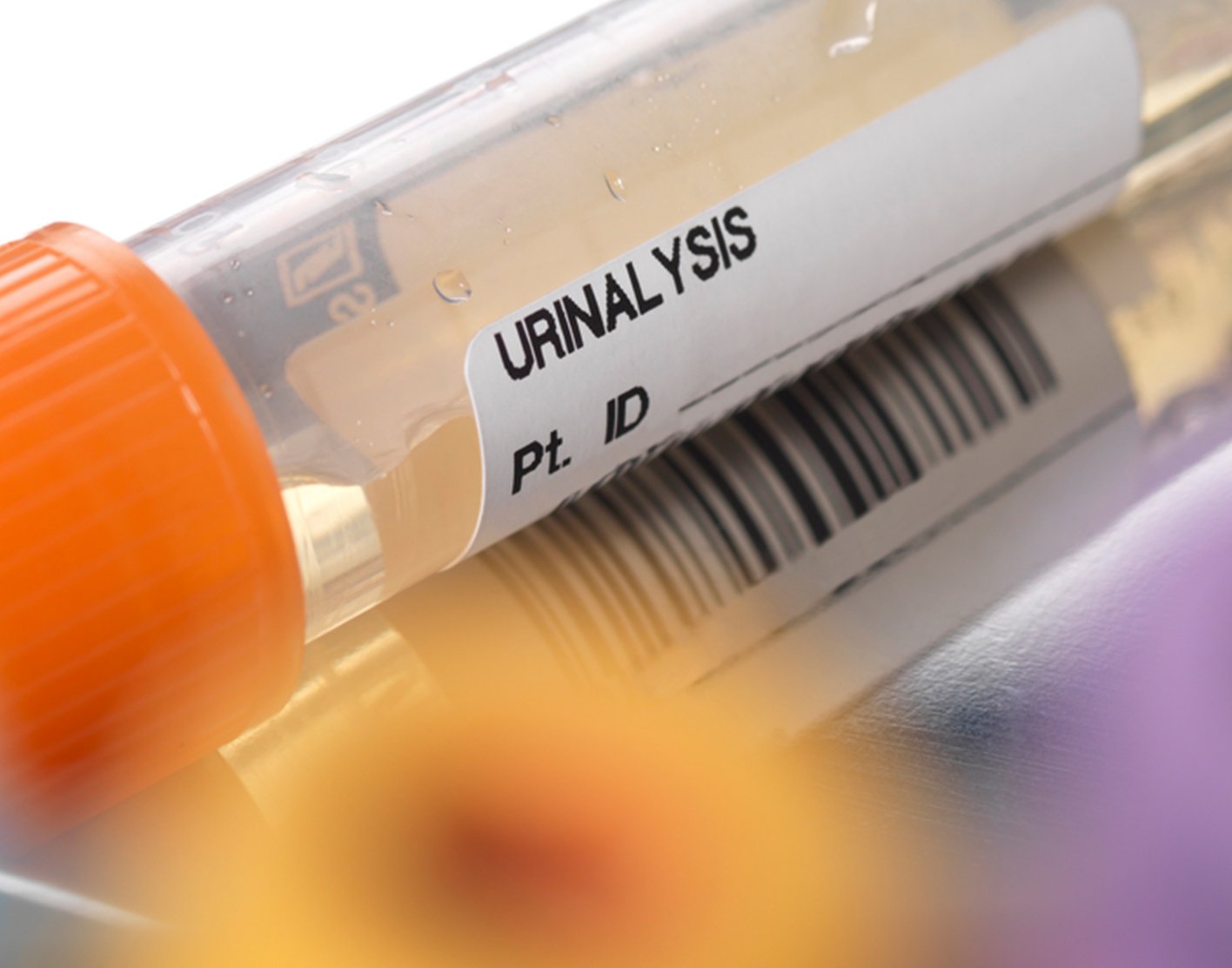
Urine culture
Definition
A urine culture is a lab test to check for bacteria or other germs in a urine sample.
It can be used to check for a urinary tract infection in
Alternative Names
Culture and sensitivity - urine
How the Test is Performed
Most of the time, the sample will be collected as a
A urine sample can also be taken by inserting a thin rubber tube (catheter) through the urethra into the bladder. This is done by someone in your provider's office or at the hospital. The urine drains into a sterile container, and the catheter is removed.
Rarely, your provider may collect a urine sample by inserting a needle through the skin of your lower abdomen into your bladder.
The urine is taken to a lab to determine which, if any, bacteria or yeast are present in the urine. This takes 24 to 48 hours.
How to Prepare for the Test
If possible, collect the sample when urine has been in your bladder for 2 to 3 hours.
How the Test will Feel
When the catheter is inserted, you may feel pressure. A special gel is used to numb the urethra.
Why the Test is Performed
Your provider may order this test if you have symptoms of a
You also may have a urine culture after you have been treated for an infection. This is to make sure that all of the bacteria are gone.
Normal Results
"Normal growth" is a normal result. This means that there is no infection.
Normal value ranges may vary slightly among different laboratories. Some labs use different measurements or test different samples. Talk to your provider about the meaning of your specific test results.
What Abnormal Results Mean
A "positive" or abnormal test is when bacteria or yeast are found in the culture. This likely means that you have a urinary tract infection or bladder infection.
Other tests may help your provider know which bacteria or yeast are causing the infection and which antibiotics will best treat it, if treatment is needed.
Sometimes more than one type of bacteria, or only a small amount, may be found in the culture.
Risks
There is a very rare risk for a hole (perforation) in the urethra or bladder if your provider uses a catheter.
Considerations
You may have a false-negative urine culture if you have been taking antibiotics.
References
Cooper KL, Badalato GM, Rutman MP. Infections of the urinary tract. In: Partin AW, Dmochowski RR, Kavoussi LR, Peters CA, eds. Campbell-Walsh-Wein Urology. 12th ed. Philadelphia, PA: Elsevier; 2021:chap 55.
Nicolle LE, Drekonja D. Approach to the patient with urinary tract infections. In: Goldman L, Schafer AI, eds. Goldman-Cecil Medicine. 26th ed. Philadelphia, PA: Elsevier; 2020:chap 268.
Review Date: 20/10/2022
The information provided herein should not be used during any medical emergency or for the diagnosis or treatment of any medical condition. A licensed physician should be consulted for diagnosis and treatment of any and all medical conditions. Call 911 for all medical emergencies. Links to other sites are provided for information only -- they do not constitute endorsements of those other sites. Copyright ©2019 A.D.A.M., Inc., as modified by University of California San Francisco. Any duplication or distribution of the information contained herein is strictly prohibited.
Information developed by A.D.A.M., Inc. regarding tests and test results may not directly correspond with information provided by UCSF Health. Please discuss with your doctor any questions or concerns you may have.



























